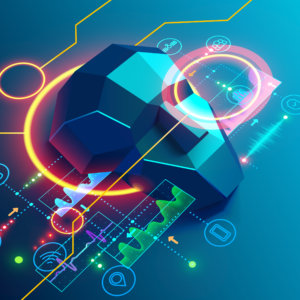Getting Your Employees Ready for Work in the Age of AI
Most employees are ready to do what they need to do. Will companies step up?
Topics
Frontiers
The era of AI is upending work as we know it. And as companies start using intelligent technologies in earnest, many people who have been well-trained for their positions for a long time may suddenly find themselves in uncharted waters.
The good news is that employees are ready to embrace the changes they see coming. According to an Accenture survey on the future workforce, over 60% of workers have a positive view of the impact of AI on their work. And two-thirds acknowledge that they must develop their own skills to work with intelligent machines.
Large companies, however, are not on the same page as their employees. For one thing, business leaders believe that only about one-quarter of their workforce is prepared for AI adoption. Yet only 3% of business leaders are planning significant increases in their training budgets to meet the skills challenge posed by AI.
Get Updates on Leading With AI and Data
Get monthly insights on how artificial intelligence impacts your organization and what it means for your company and customers.
Please enter a valid email address
Thank you for signing up
How can companies and employees find common ground when it comes to skill development and investment in AI capabilities? To start, senior executives should seek clarity around capability gaps and determine which skills their people need. From there, leaders should take an approach that advances those skills for human-AI collaboration.
Understanding the Missing Middle
Much of the press around AI has focused on automation and what it will mean for jobs. While these predictions often run the gamut of completely devastating to highly positive, continued progress in technology has stoked fears in people that AI may someday make their jobs obsolete.
However, much of the leading data around jobs suggests humans will continue to play a major role in the AI workforce — though, a transformed one. Using the U.S. Department of Labor’s O*Net database, we analyzed more than 100 abilities, skills, tasks, and working styles in the United States over the past decade and found a sharp rise in the importance of creativity, complex reasoning, and social and emotional intelligence — the uniquely human skills — in many jobs.
Employees will need to apply these skills when using the array of new technologies now appearing in the workplace. They will also need to learn how to use AI to augment those skills — to make the “human + machine” interaction add up to more than the sum of its parts.


Comments (2)
Winfried Shulz
esha aprajit